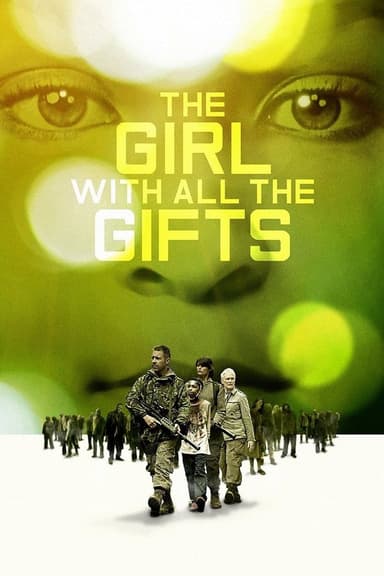
The Long Walk
2025 • Horror, Science Fiction, Thriller • R
In a dystopian, alternate-America ruled by a totalitarian regime, fifty teenage boys take part in a deadly annual walking contest, forced to maintain a minimum pace or be executed, until only one survivor remains.
Runtime: 1h 48m
Why you should read the novel
Stephen King's 'The Long Walk' is a masterclass in psychological suspense, offering an immersive and chilling exploration of human endurance and desperation. The novel's raw, unfiltered perspective places readers directly inside the protagonist’s mind, allowing them to experience every moment of strain, fear, and fleeting hope alongside the walkers. This deep psychological insight simply cannot be replicated on screen, making the book a far richer journey for those who crave emotional depth and nuance.
The narrative's slow-burn tension and stark minimalism are best appreciated on the page, where every step taken by the boys carries weight and meaning. King’s atmospheric prose paints a vivid tapestry of the dystopian world, encouraging readers to imagine the unforgiving landscape and oppressive regime. The journey becomes intensely personal, forging a connection between reader and character that a film adaptation can only hope to echo.
Moreover, 'The Long Walk' presents its central themes—such as conformity, free will, and societal brutality—with subtlety and complexity. Reading the novel allows for contemplation and deeper understanding, inviting readers to grapple with uncomfortable questions about competition, authority, and survival. Choosing the book over the movie promises an experience that lingers long after the final page.
Adaptation differences
One of the most significant differences between the adaptation and Stephen King's novel lies in the portrayal of the characters' internal struggles. The book delves deeply into the mental states of the participants, particularly Ray Garraty, providing intimate access to their thoughts, motivations, and fears. The film, being a visual medium, condenses or externalizes much of this inner turmoil, sometimes making characters’ motives and emotional journeys less nuanced for the sake of pacing.
Another notable change is the treatment of the dystopian backdrop. The novel subtly hints at the broader oppressive society through the boys’ conversations and fleeting encounters with soldiers and spectators. In contrast, the adaptation tends to make the dystopian world more explicit, occasionally introducing scenes or elements not present in the book to contextualize the regime’s cruelty and the spectacle’s public nature.
Additionally, certain events and character interactions are modified or omitted for cinematic effect. The book’s slower, incremental build-up of tension—relying on monotonous pacing and existential reflection—is often streamlined into more conventional set-pieces or dramatic moments in the movie. This can lead to the loss of the gradual psychological pressure that defines the original narrative, altering how audiences perceive the emotional stakes.
Finally, the ending of the adaptation may diverge in tone and clarity from the ambiguous finale of the novel. While King’s book concludes on an open, unsettling note that leaves much to interpretation, the film may opt for a more definitive or visually dramatic resolution to satisfy mainstream audiences. This shift could change the impact and lingering questions that make the novel such a provocative and haunting read.
The Long Walk inspired from
The Long Walk
by Stephen King (as Richard Bachman)











